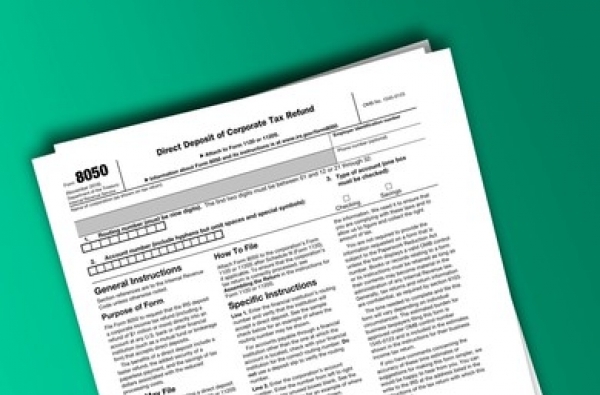One of the main ways that the Government makes money is through taxes. The Indian Government received a total of Rs. 9,98,037 crore in tax revenue in 2020. The importance of taxes is increased because its non-tax revenue was Rs. 2,52,083 crore. Direct and indirect taxes are the two main categories into which these taxes fall. Direct and indirect taxes are distinct from one another.
Direct taxes
A person pays a direct tax directly to the Government, and this liability may not be assigned to any other entity or individual. The computation of income and accurate tax liability can be quickly done through direct tax service providers. The Central Board of Direct Taxes (CBDT), which the Department of Revenue supervises, manages direct taxes in India. The CBDT is involved in the implementation of direct tax planning as well.
Direct taxes have the following benefits:
- The Government can increase tax rates in response to monetary inflation, which threatens the economy. Due to this rise in supply, demand for goods and services declines, which causes inflation to be condensed.
- Inequities in income are tempered by the availability of clearly defined tax slabs and exemptions. Because of this, people with lower incomes pay lower taxes, and vice versa.
Adverse effects of direct taxation
- Despite strong regulations, some still use fraudulent methods to avoid paying taxes or paying much less than they should.
- Direct taxes must be paid yearly in a single large sum, which is inconvenient. They are frequently seen as a liability as a result. The lengthy and time-consuming documentation exacerbates the inconvenience.
Indirect Tax
An individual pays indirect tax to the Government through an intermediary, who forwards the information to the Government. The Central Board of Indirect Taxes and Customs oversee indirect taxes in India (CBIC), and the Department of Revenue also oversees the CBIC.
Indirect taxes provide the following benefits:
- Equal participation: Everyone must contribute to the Government in some way, whether large or small, thanks to indirect taxes. Low-income individuals who are exempt from paying direct taxes are also affected.
- Non-evadable: The price of goods already includes these taxes. Therefore, the only way for a person to avoid an indirect tax is by not using the taxable good.
Some of the drawbacks of indirect taxes are as follows:
- Since indirect taxes apply to all economic classes equally, they are unjust to those with lower incomes.
- The increased cost of goods: In the nation, the price of products and services is increased by adding an indirect tax.
Conclusion
One of the critical determinants of a nation’s economic development is its tax system. Direct and indirect taxes both have benefits and drawbacks, but they both significantly contribute to government revenue growth. Through its collection, the Government works to promote growth and advancement. For the help of the treasury of Government and the national taxpayers, you must consult direct tax consultants for a win-win position.



